Minoxidil: The Magic Potion Against Baldness? What Science and Experience Reveal
Introduction
If you’re losing your hair and have ever found yourself scrolling through endless “before/after” stories online, chances are you’ve come across one word over and over: Minoxidil.
For over 30 years, this clear liquid has been part of the very short list of scientifically approved treatments for hair loss. It won’t turn advanced baldness into a Hollywood mane, but for many, it’s a powerful weapon to slow down, stop, and sometimes even reverse the process.
In this article, we’ll cover what minoxidil is, how it works biologically, what the studies say, its limits, possible side effects, and most importantly: whether it’s a product that fits your situation.
What Is Minoxidil?
Originally, minoxidil had nothing to do with hair. It was developed as an oral medication for high blood pressure. Doctors, however, noticed a surprising “side effect”: increased hair growth, sometimes dramatically so. From there, the idea was simple, turn this molecule into a lotion or foam to be applied directly to the scalp to treat baldness.
Today, there are mainly two concentrations: 5%, recommended for men, and 2%, more common for women, though some also use 5%. It comes as an alcohol-based solution or foam and must be applied daily to maintain its effects.
How Does It Work?
Hair loss, especially androgenetic alopecia, is tied to a mix of genetics and hormones. Some follicles are hypersensitive to DHT (dihydrotestosterone), a hormone derived from testosterone. This sensitivity causes gradual miniaturization: hairs become thinner, grow for shorter periods, and eventually disappear. Unlike other treatments like finasteride, minoxidil doesn’t block DHT. It works differently:
- Vasodilation: it widens the scalp’s blood vessels. More blood means more nutrients and oxygen to feed the follicles.
- Extending the anagen phase: the hair cycle includes a growth phase (anagen), a resting phase (telogen), and a shedding phase. Minoxidil lengthens the growth phase, increasing visible density.
- Reactivating “dormant” follicles: in some people, minoxidil even stimulates miniaturized follicles to return to productive activity.
At first, many users notice accelerated shedding. In reality, this means weaker hairs are falling out to make way for stronger new ones. It can feel unsettling, but it’s well documented and usually temporary.
What Studies Show
A study on 358 men found:
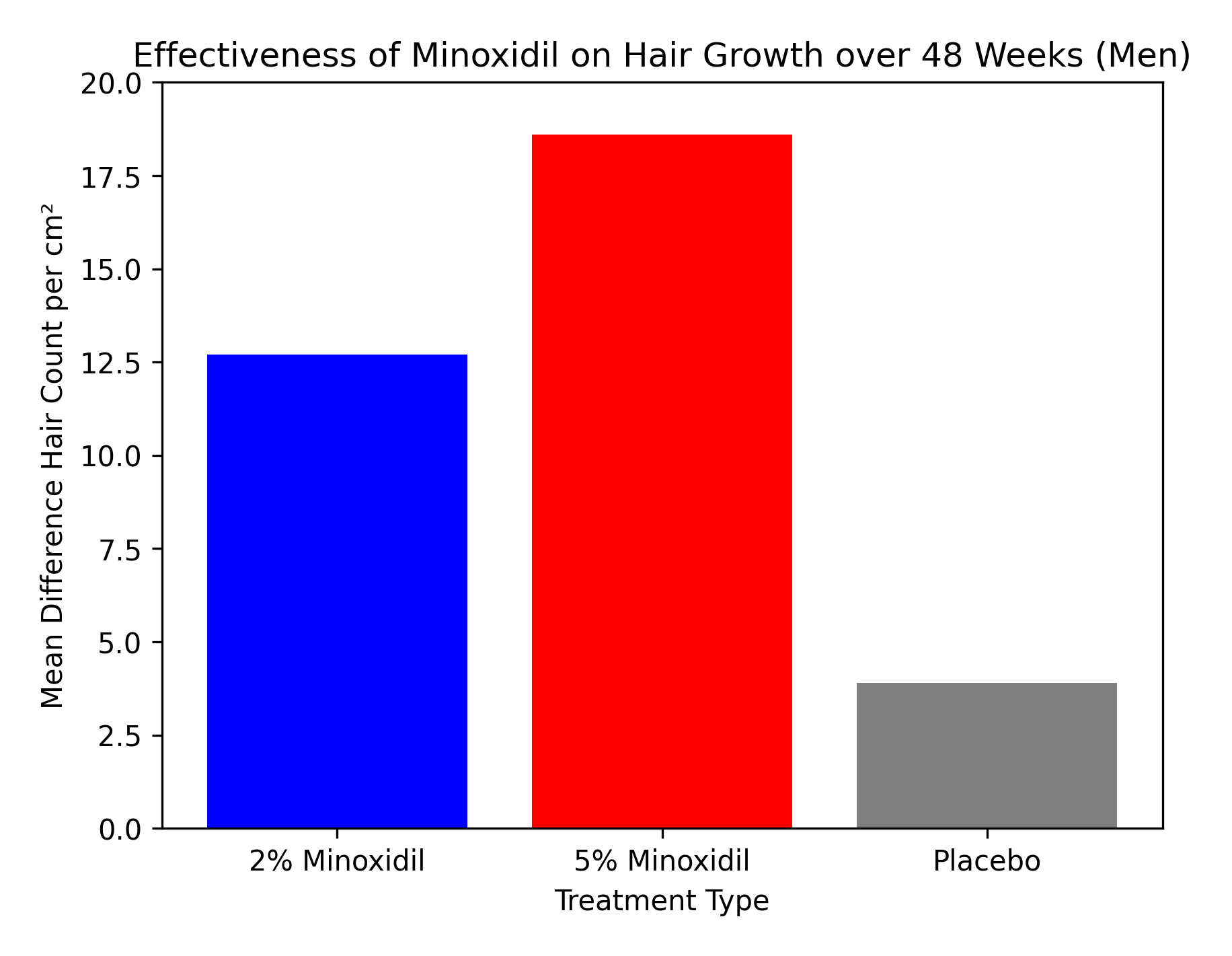
A study on 260 women found:
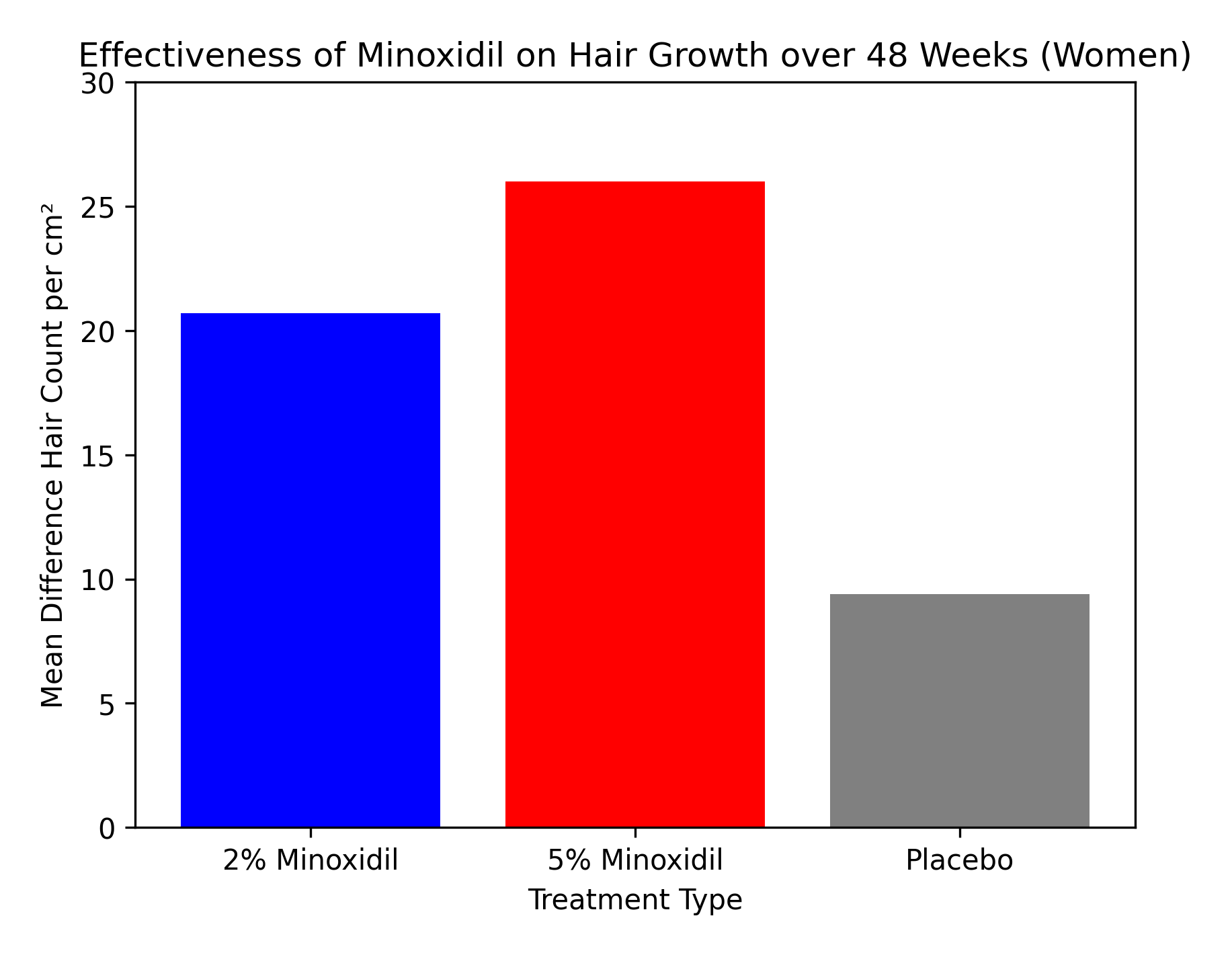
The 5% solution remains the most effective: results are significantly better than placebo, and studies confirm meaningful gains. Science is clear: minoxidil works, but not for everyone, and not always with the same intensity.
The key takeaway is that the effect is on terminal hairs (the thick, pigmented ones), not just peach fuzz. Tolerance is usually good, though some users report local irritation, often linked to alcohol or propylene glycol in the solution. More rarely, unwanted hair growth occurs, especially on the face in women.
Fun fact: among men, minoxidil is sometimes repurposed to boost beard growth, with some success.
Real-Life Testimonials Online
Studies provide a statistical view, but browsing online forums and communities reveals countless “before/after” photos and personal stories that can be both interesting and motivating.
Some examples:
3 months with Minoxidil (5%) (using an anti-dandruff shampoo “Nizoral”)
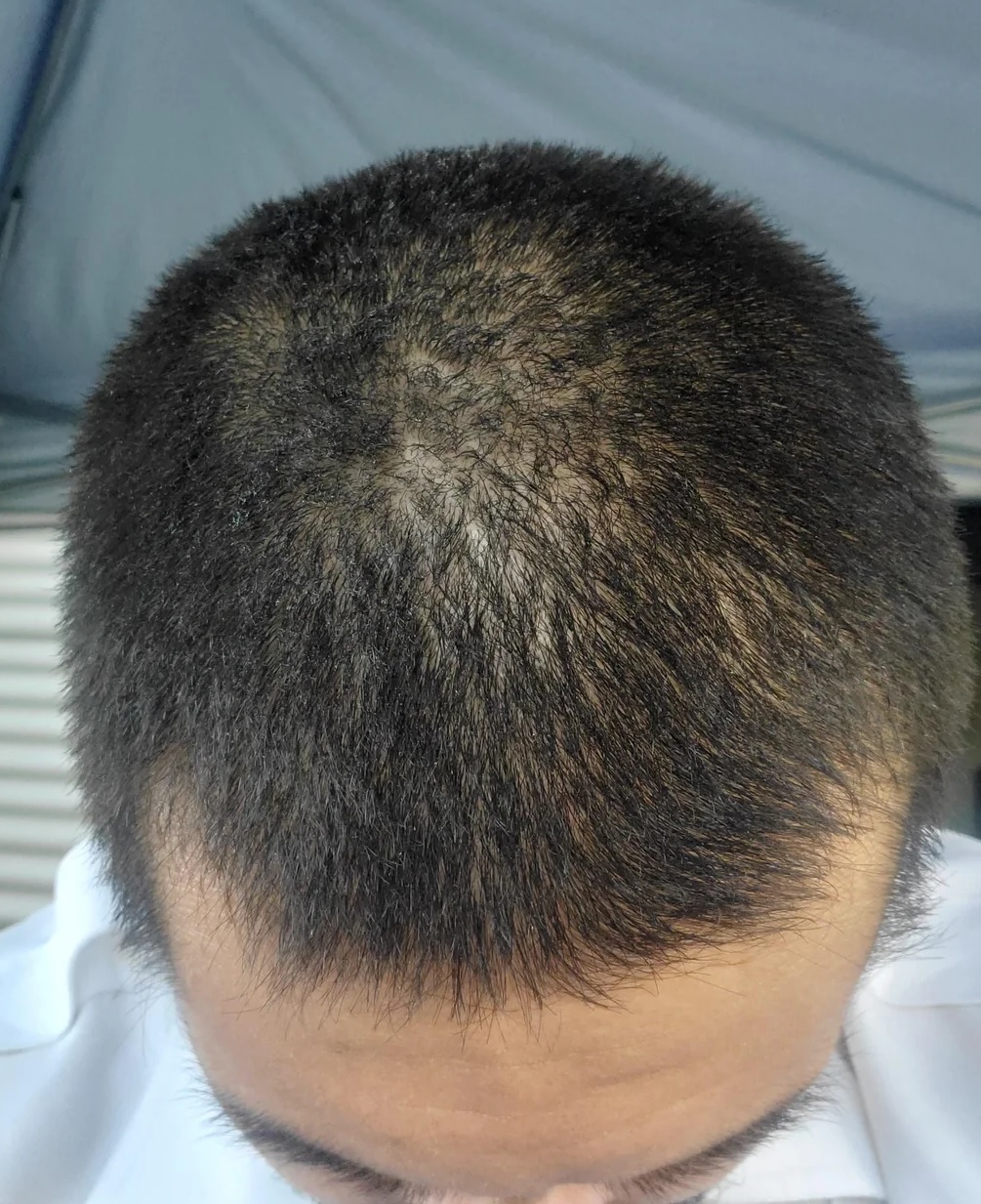
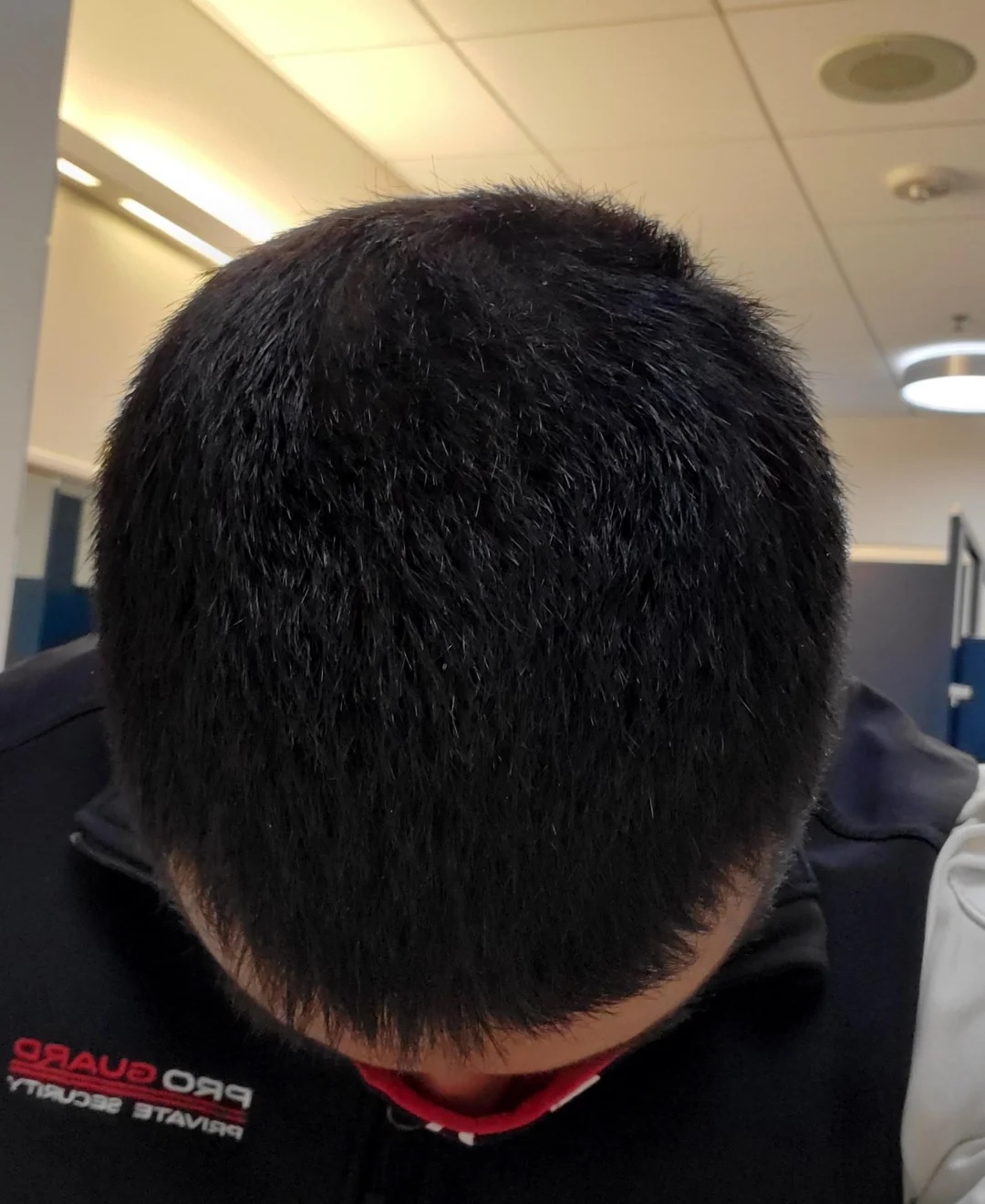
3 months with Minoxidil (5%)
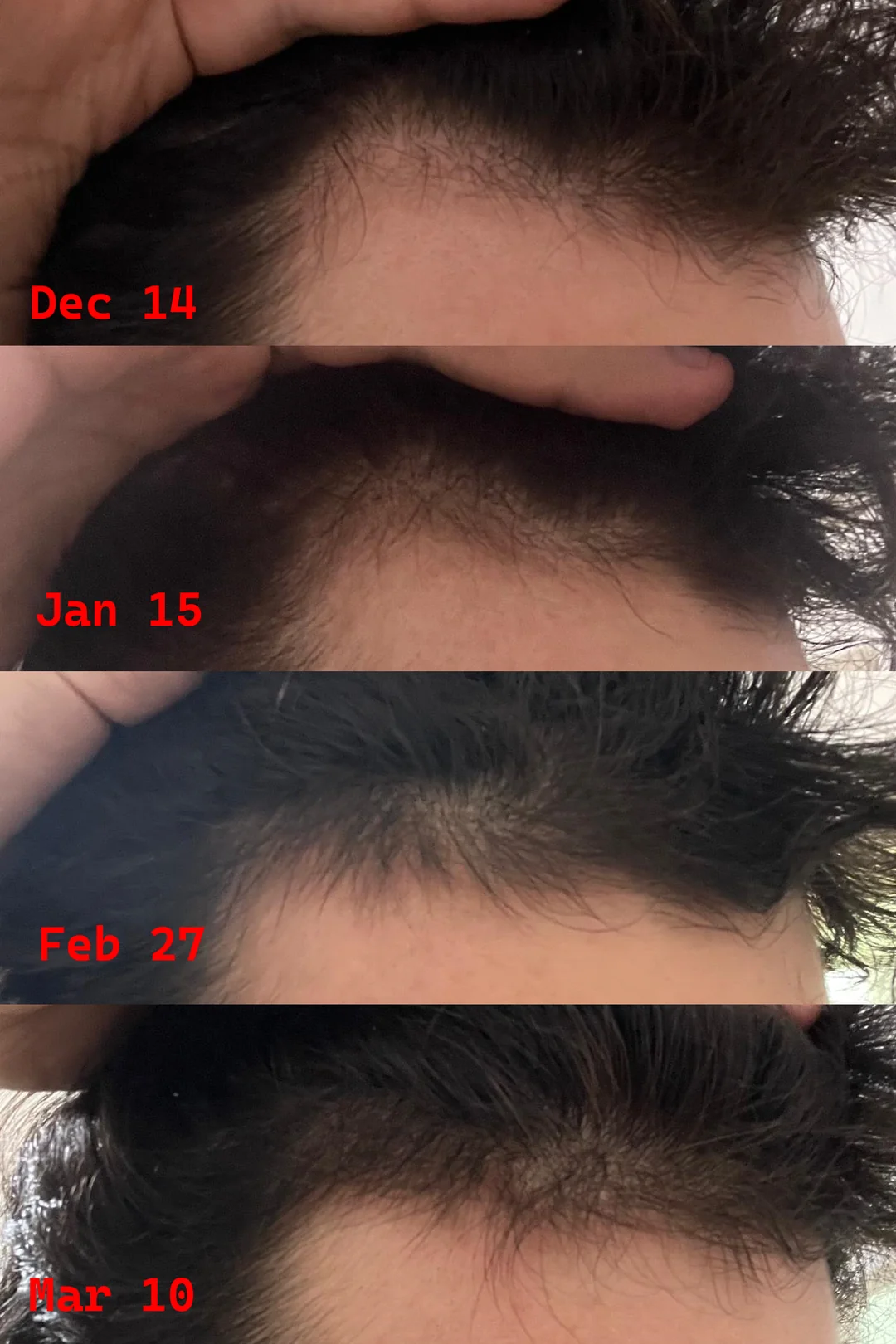
9 months with (among others) Minoxidil (5%)
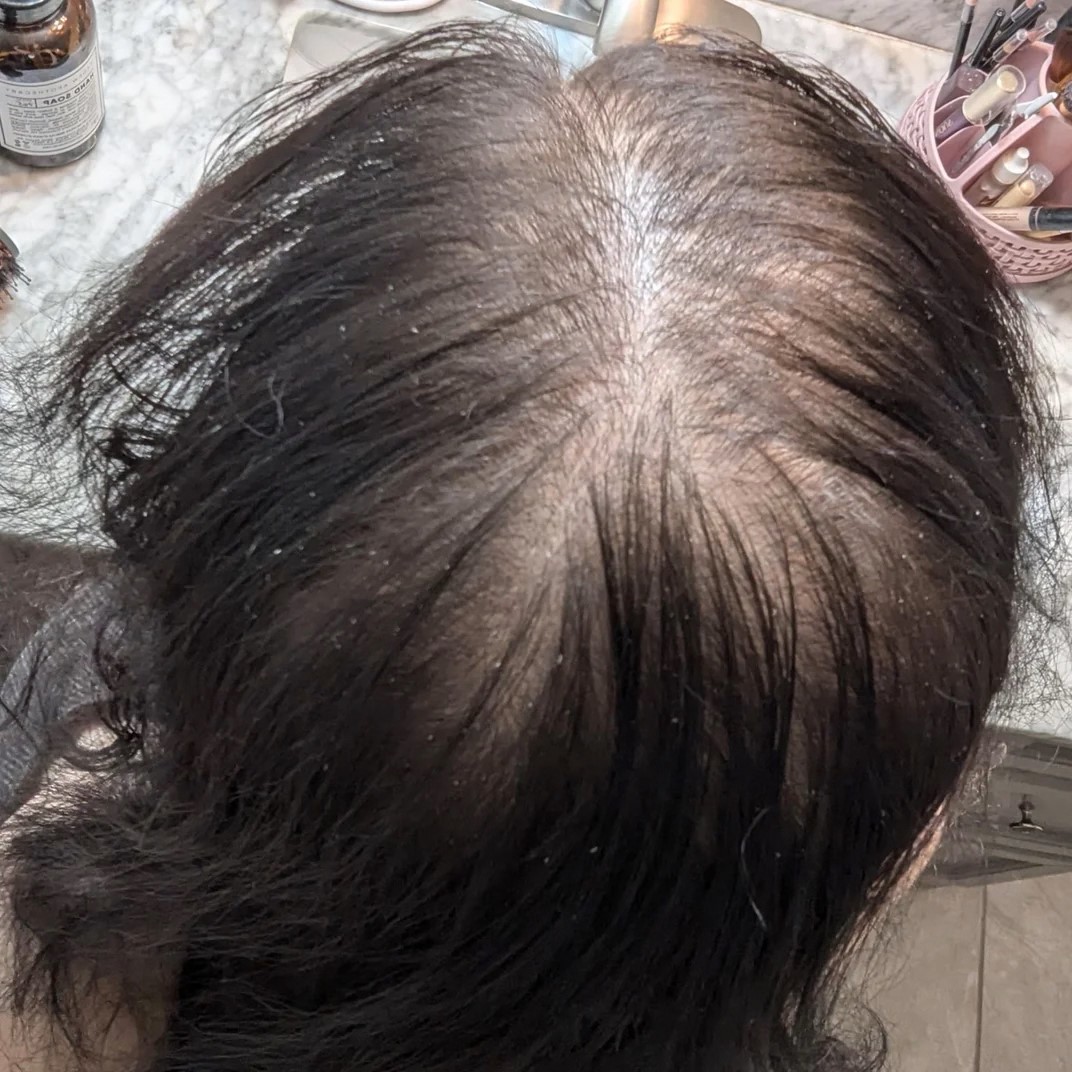
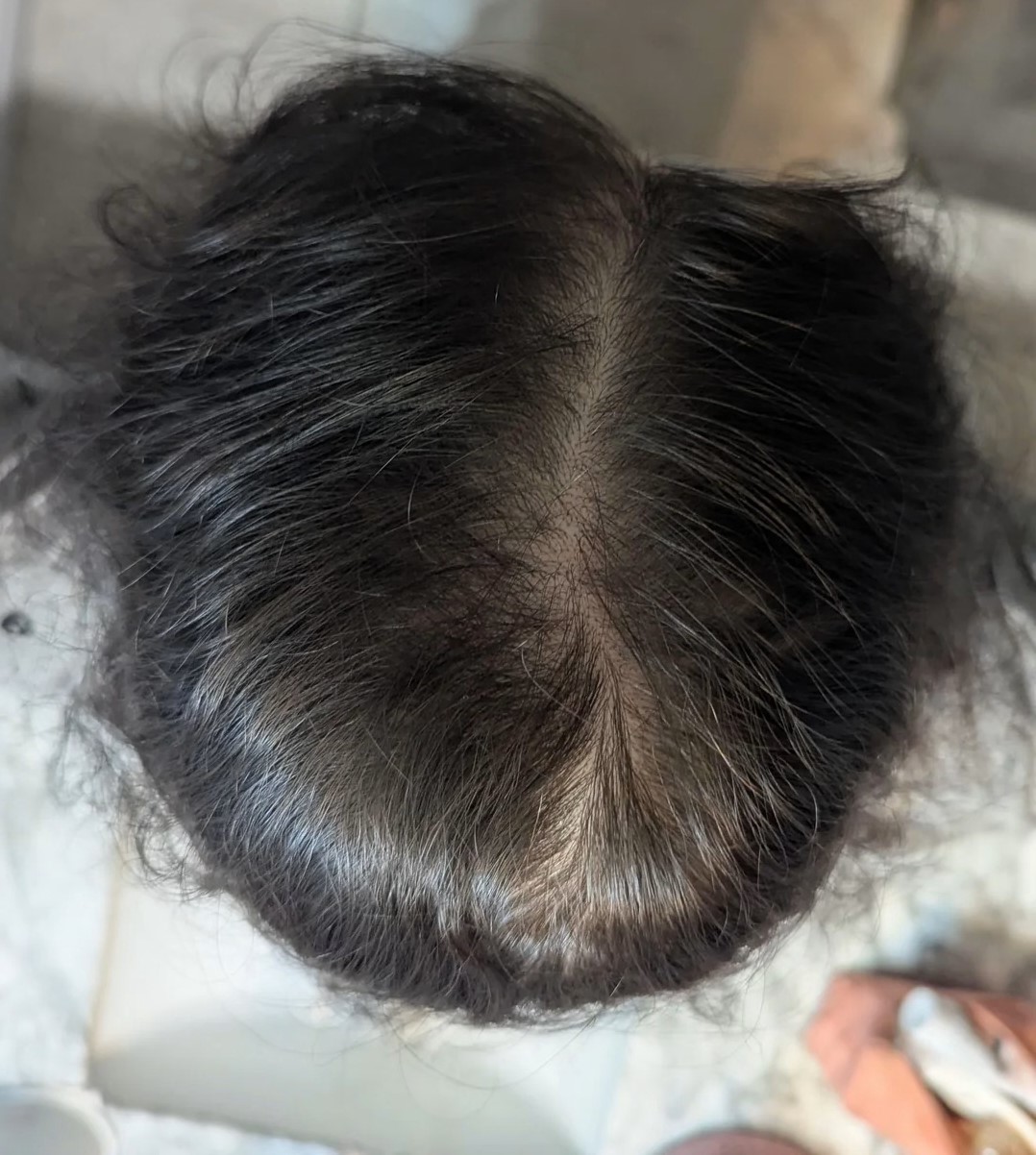
Limits and Drawbacks
Minoxidil is not a miracle cure. Its effectiveness depends on regular, disciplined use—once or twice daily. Stopping the treatment almost always means losing the benefits within a few months.
It also doesn’t address the underlying hormonal cause. For many men, it’s combined with other treatments like finasteride for lasting results. Otherwise, minoxidil risks just giving a temporary “boost” before hair loss inevitably continues. And you’ll need patience, real change usually takes at least three to six months.
Who Is Minoxidil For?
If you’re a man in your twenties or thirties just starting to see your hairline recede, minoxidil can be a valuable ally to slow down and sometimes reverse the process. If you’re a woman noticing general thinning, especially along your part, it can also be a solid, science-backed option.
On the other hand, for those at an advanced stage of baldness, chances of significant regrowth are limited. In that case, minoxidil may help stabilize the situation, but it won’t perform miracles.
Conclusion
Minoxidil remains one of the cornerstone treatments for hair loss today. It doesn’t cure androgenetic alopecia, but it can slow its progression and provide visible regrowth for some users.
It’s safe, affordable, supported by decades of scientific data. However, it demands patience and consistency. For those willing to commit, it’s often a powerful weapon against the morning mirror.